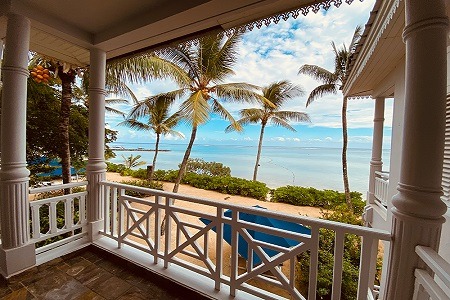
Resort Island Mauritius
-, Apr 08, 2024, By Sandip Hor583
Located around 2000 km off the southeastern coastline of East Africa, Mauritius is an Indian Ocean volcanic island, which boasts of a natural setting perceived by American writer Mark Twain to be better than paradise.
Well, I havent seen paradise, but after visiting Mauritius, I have no hesitation in declaring it as one of the most beautiful destinations that I have ever gazed at through my own eyes.
The island is ringed by 330km of white sandy beaches and blue lagoons which are protected from the open sea by a cluster of coral reefs. These features make Mauritius a haven for people who love to play with sun, sea and sand and enjoy a range of water activities like swimming, sunbathing, fishing, and snorkelling and diving to appreciate the underwater scenery.
The scenery changes when shifting inland from the shoreline. A series of rugged mountain peaks dominate a green landscape which is spread with endless rolls of sugar plantations, some patches of tea gardens and expansive national parks and woodlands where gushing waterfalls and red and pink coloured rocky enclaves add contrast to the green.
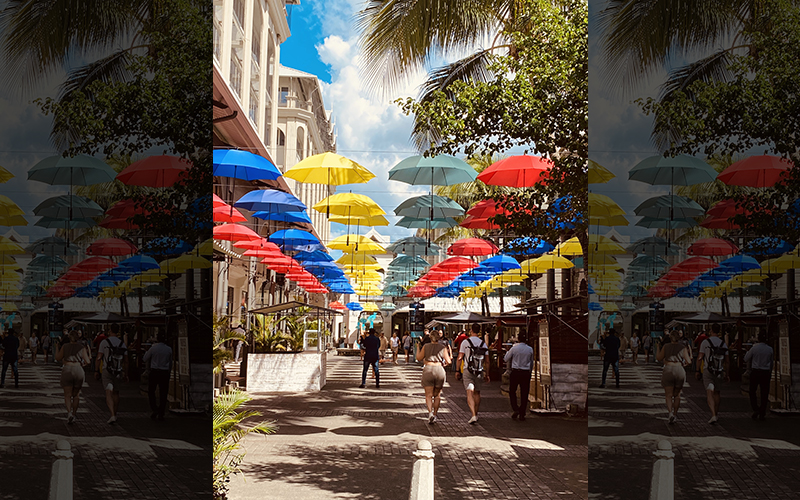
This natural panorama blends with the clear blue sky, fresh air, , warm tropical climate and unhurried lifestyle to make Mauritius ideal for anyone keen to slow down and relax, recharge their mind, body, and soul and have a good time with family and friends or just by themselves.
To welcome this band of holidaymakers, the island measuring only 45 km in width and 65 km in length, is mushroomed with numerous dreamy resorts, their high number within a relatively small land area inspires many to nickname Mauritius asResort Island.
Nestled within spacious and lush tropical gardens with the sandy coastline almost at the doorstep, these resorts are set up at isolated locations embracing comfort and luxury with rejuvenation and wellbeing facilities.
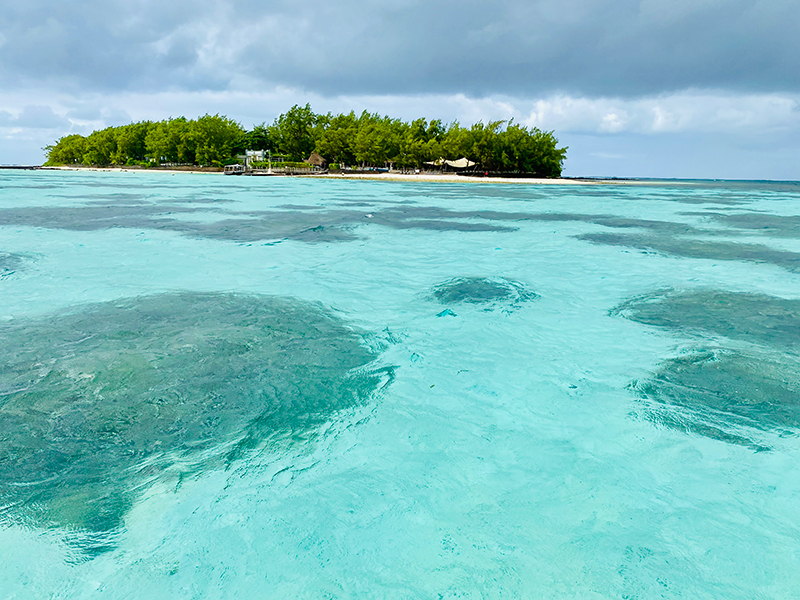
While most visitors may prefer to hide in one resort, I opted staying at three tucked in at different locations as my agenda was just not to experience the offerings of the retreats, but also to explore the natural, cultural and historical treasures spread across the island.
My first halt was at Anantara Iko Mauritius Resort Villas (www.anantara.com) which is located on the southeast corner of the island. Only 10 mins away from the Mauritius International Airport where Air Mauritius (www.airmauritius.com) can fly in guests directly from India, this resort was ideal for gaining some unique experiences on land and sea, from nature trail in the nearby Vallee de Ferney and La Vallee des Couleur Nature Park to snorkelling the pristine waters of Blue Bay Marine Park.
While staying next at the Heritage Le Telfair Golf Wellness Resort (heritageresorts.mu) in the southwest quarter, I could shift focus from nature to culture when visited the Grand Basin, a pilgrimage site of the Hindu Mauritians, and the UNESCO World Heritage listed Le Monero Cultural Landscape which associates with the nations dark history of slavery.
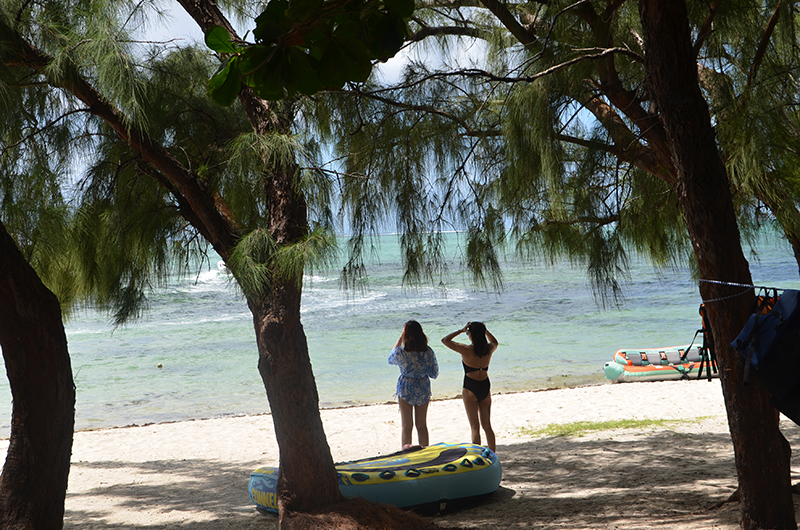
The history and culture of island are no less exhilarating than its splendid nature. Until early 16thcentury, the island was totally inhabited. The Dutch traders were the first to move in, followed by the French and the British colonisers. Sugar cultivation began during the French rule in the 18thcentury, the labourers working in the plantations were mainly slaves forcibly secured from neighbouring African countries. The British, after gaining control of the island, banned slavery and fetched indentured labourers from their colony in India.
Most of the early European, African and Indian settlers never went back to their country of origin. Today, their future generations all live together as Mauritians, though maintaining their long-lived cultural heritage, the mix of which has turned Mauritius into a Rainbow Nation. The majority of the 1.3 million population are of Indian origin and Hindu by religion, so temples are in every corner and saffron flags with the inscription of Shiva or Hanuman faces can be seen hanging in whichever direction the eyes turn. English is the official languagebut everyone speaks Creole, a broken version of French, eats Indian Dhol Puri and celebrates Maha Shivaratri with the same enthusiasm as Christmas and Eid.
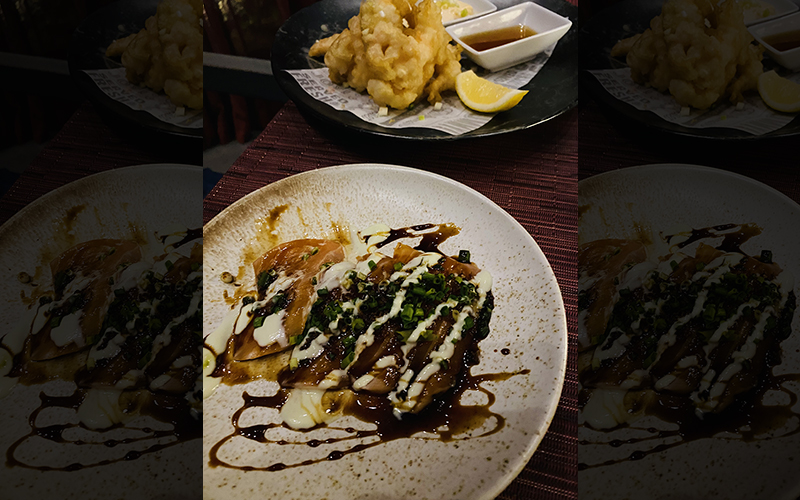
I loudly experienced this cultural blend when exploring Port Louis, the capital city where the most poignant site was the UNESCO World Heritage listed Aapravasi Ghat. Formerly called the Coolie Ghat, it was at this waterfront location nearly half a million people from India arrived between 1834 and 1920 to work in the sugar plantations.
Port Louis is about an hours drive from the Long Beach resort (www.longbeachmauritius.com), my home for the last leg of my itinerary. This resort is near Trou dEau Douce, a small town in the northeast from where its a short boat ride to reach the Ile aux Cerfs, a picture-perfect island which boasts of an exclusive golf course.
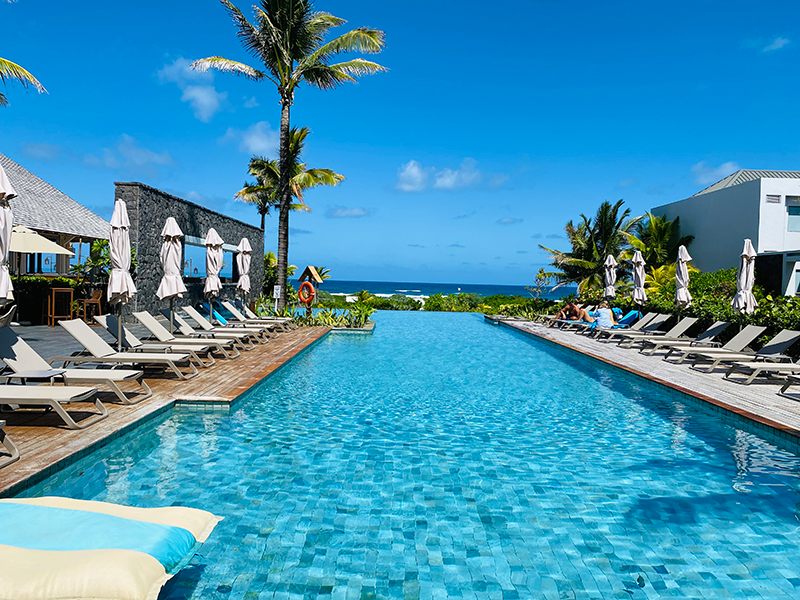
The three resorts I stayed at provided me with the appreciation of what holiday makers can expect from a resort stay in Mauritius such as comfortable and well-equipped rooms , some facing the sea, sparkling swimming pools to spend time at the poolside for swimming and sunbathing or to read a book while sipping a rum based cocktail ,multiple dining options for culinary explosions, signature massages and wellness treatments like spa, yoga and meditation, leisure activities from cooking classes and cocktail making to beach walking and golf and an array of day excursions to see Mauritius, all delivered with a very high level of guest services The differences perhaps strikes from the number of rooms, overall layout of the resort and architectural style of the buildings.